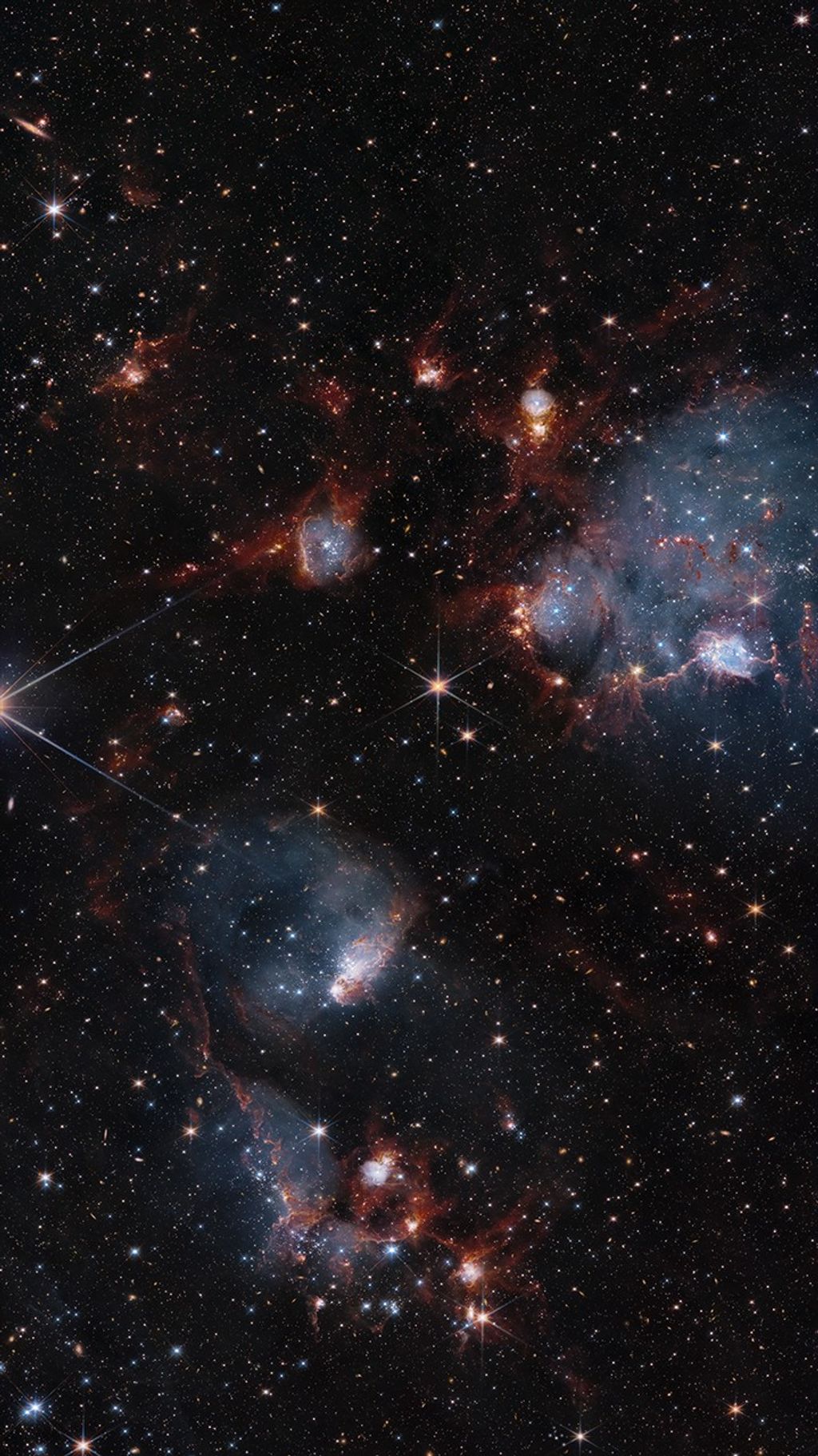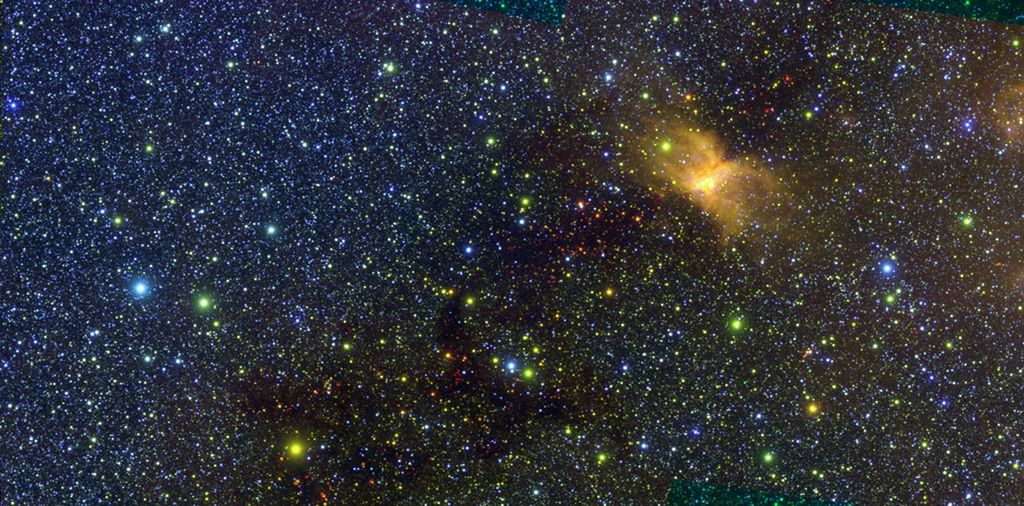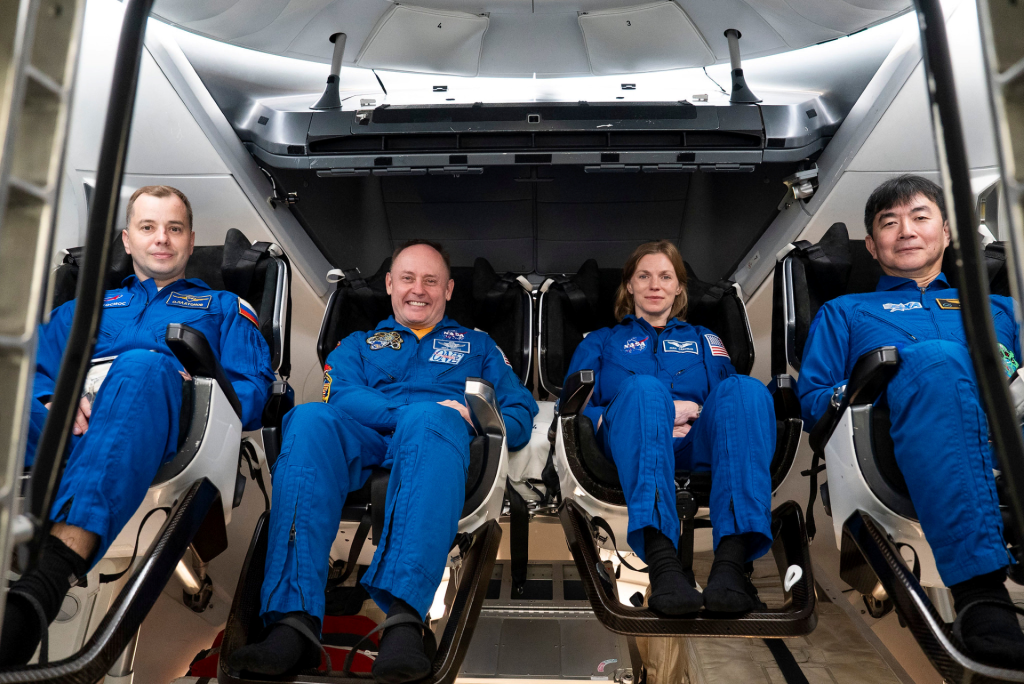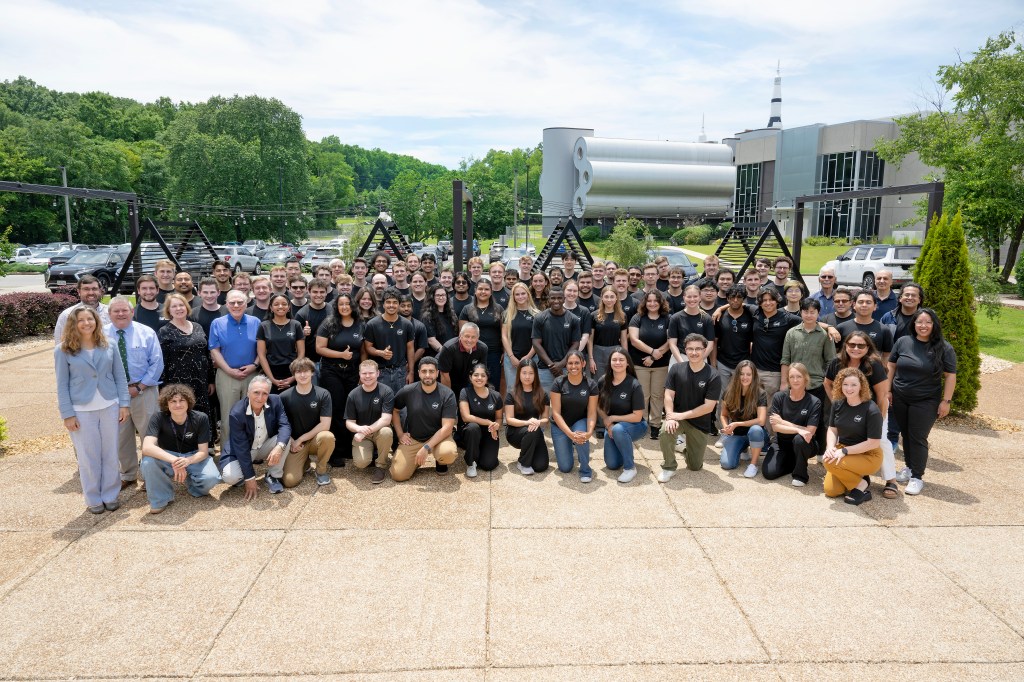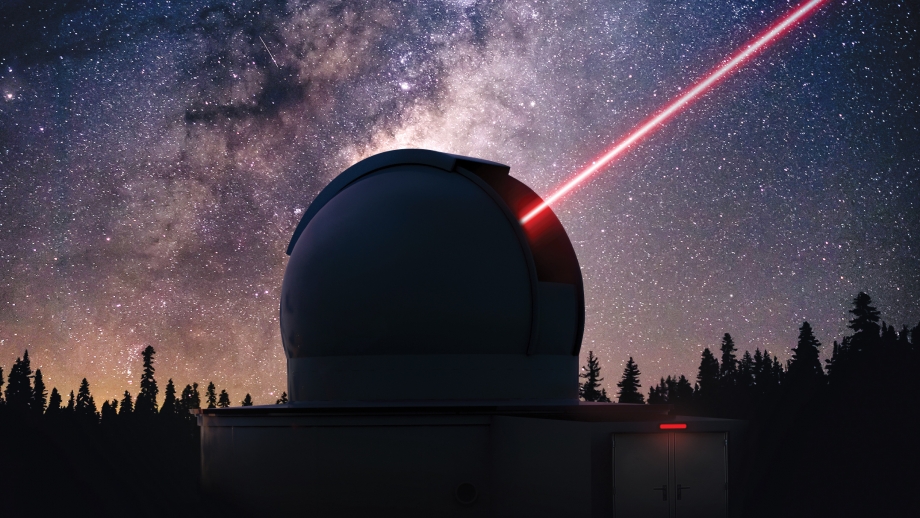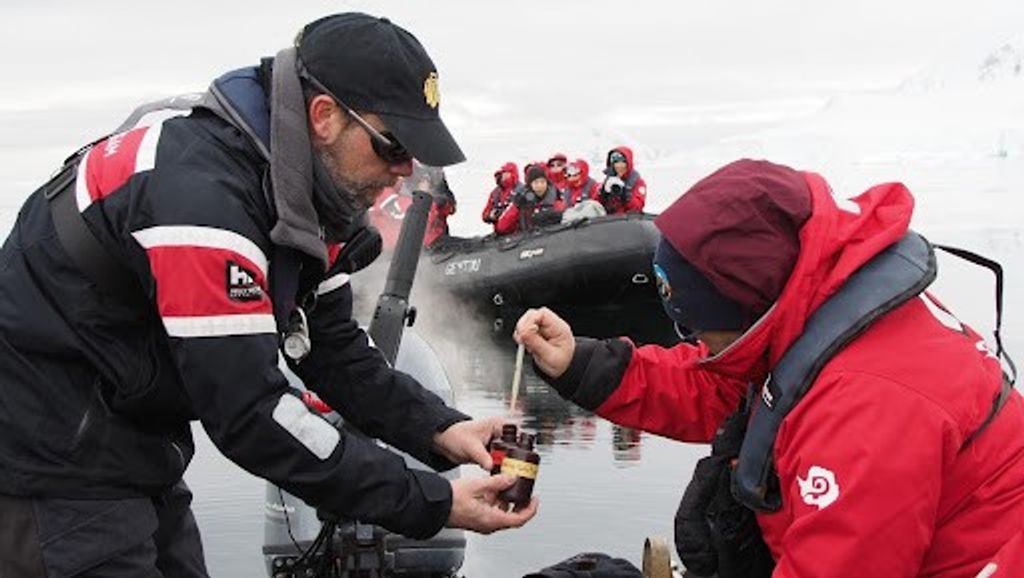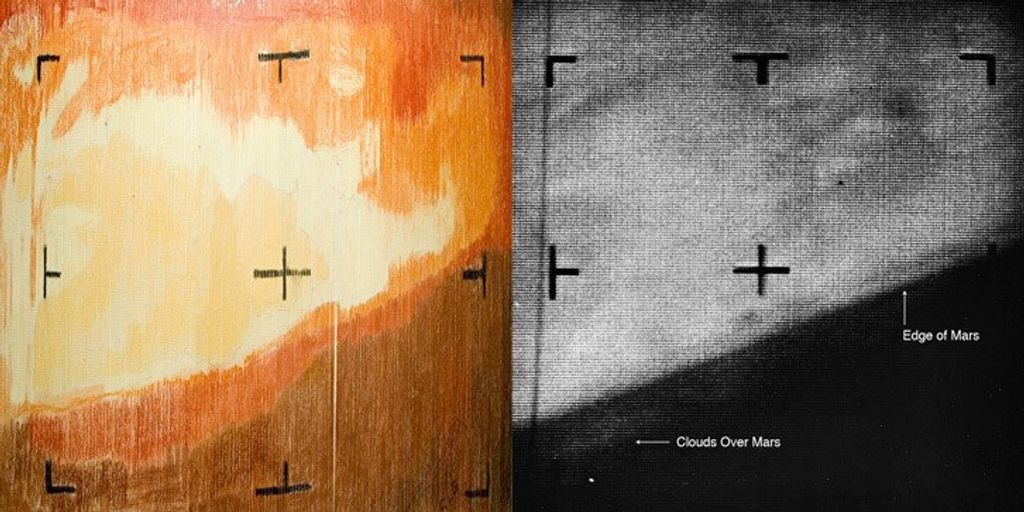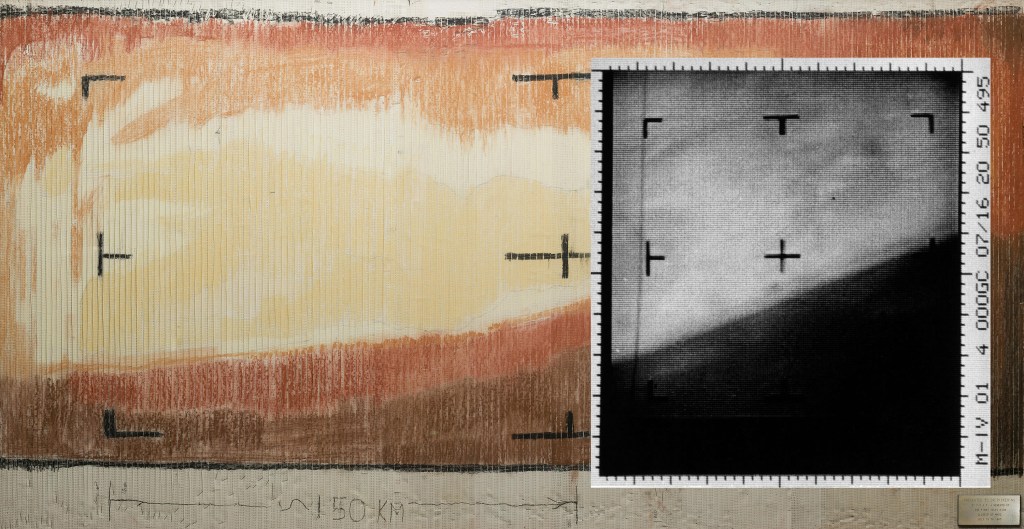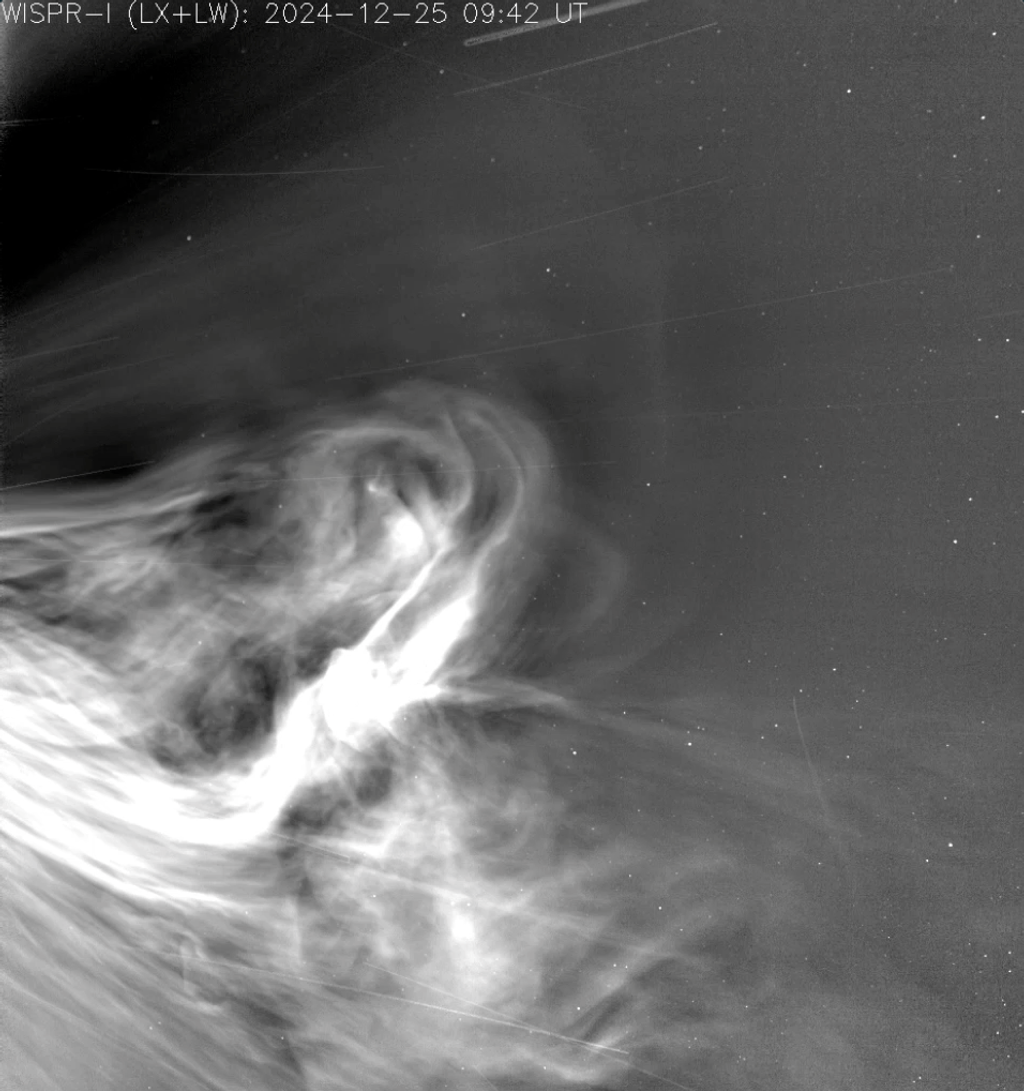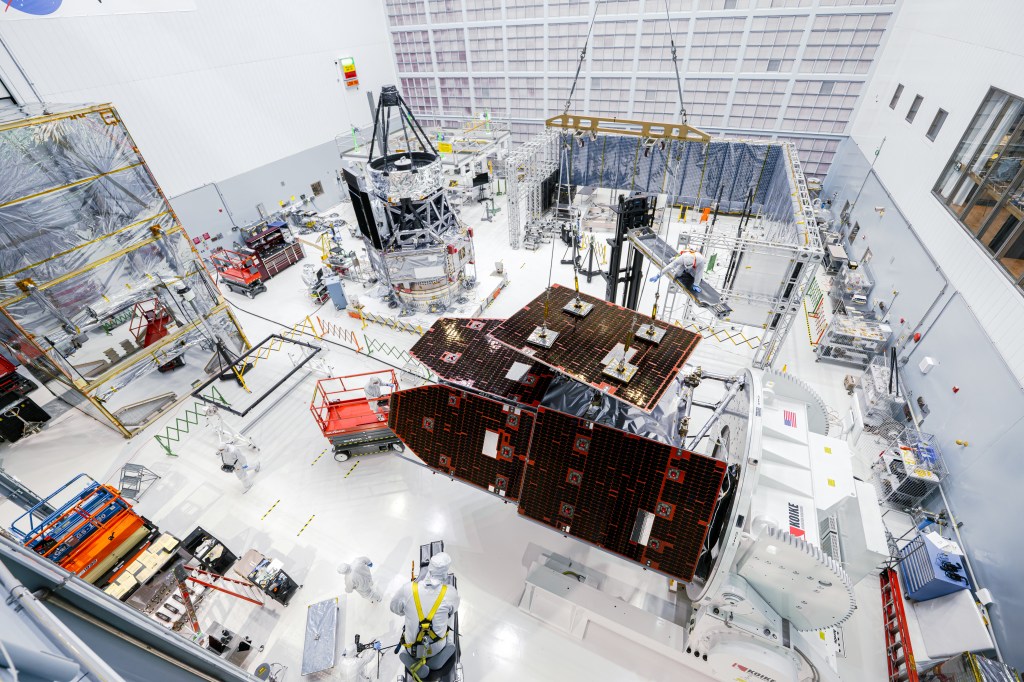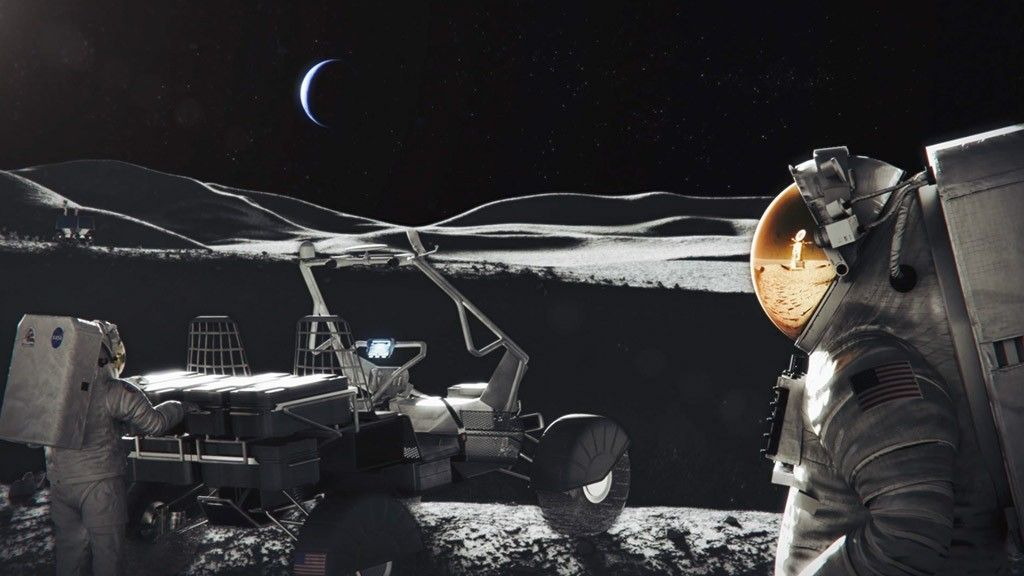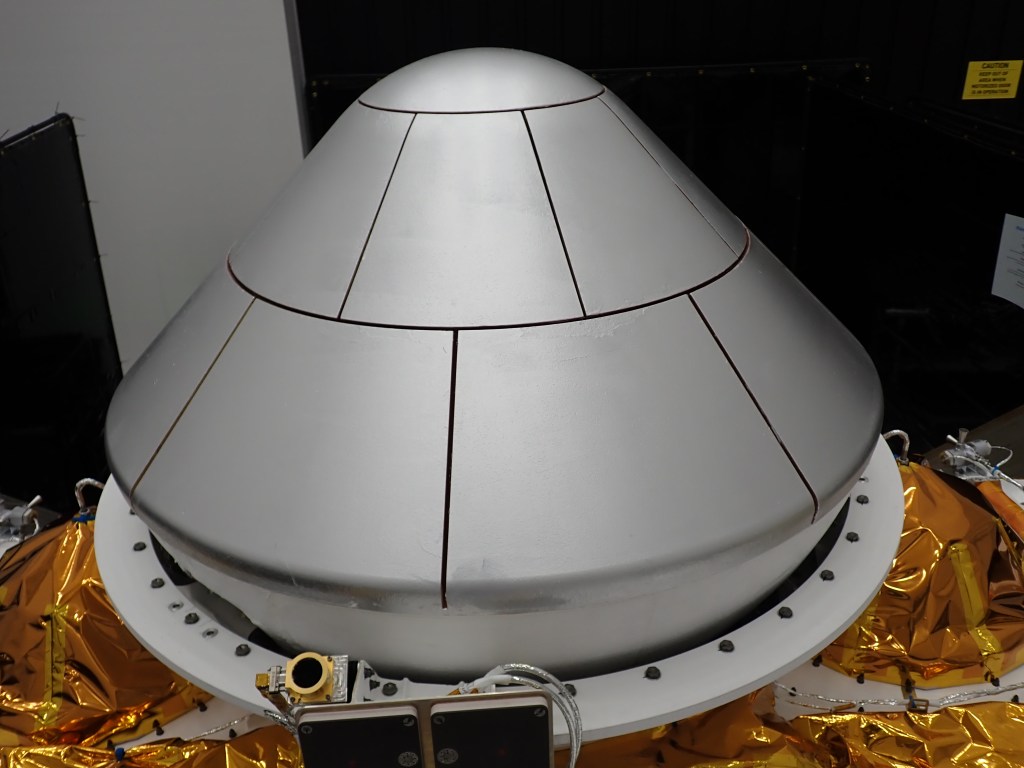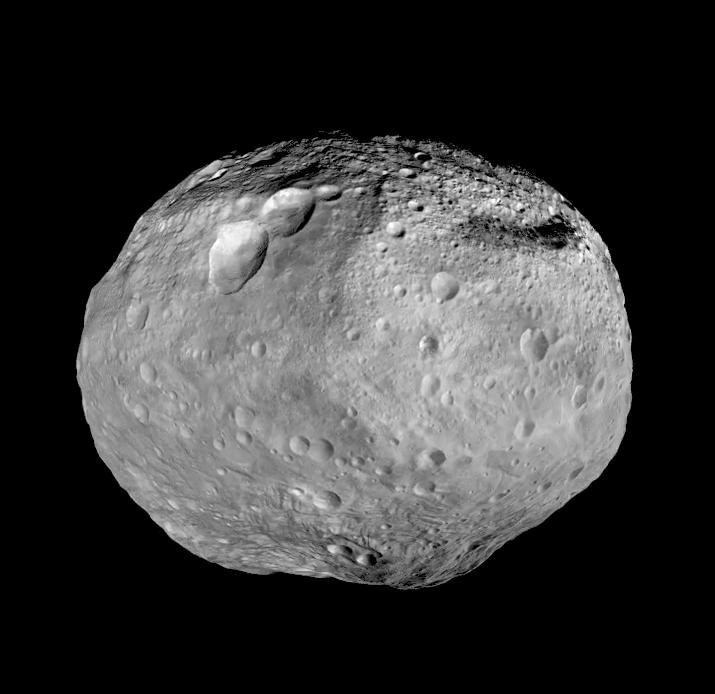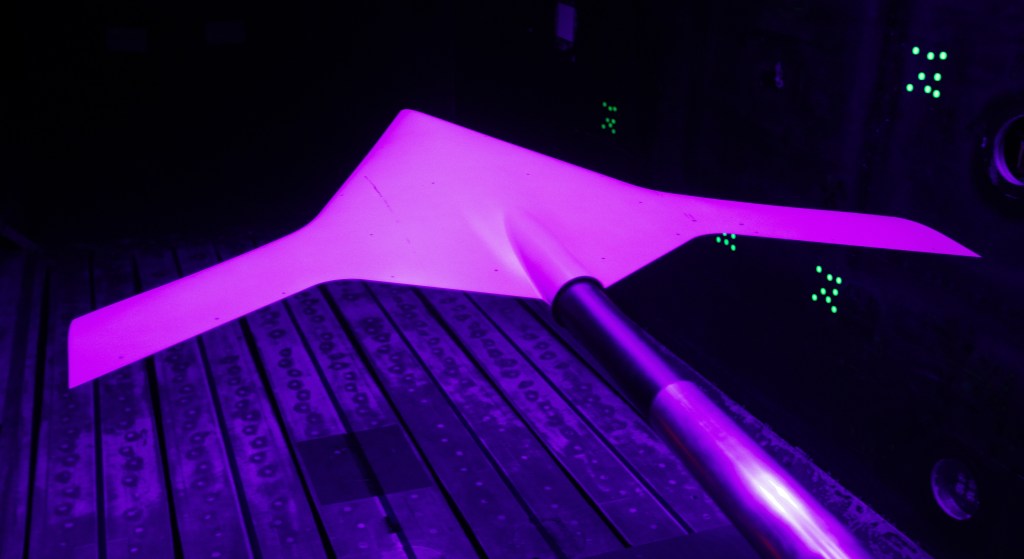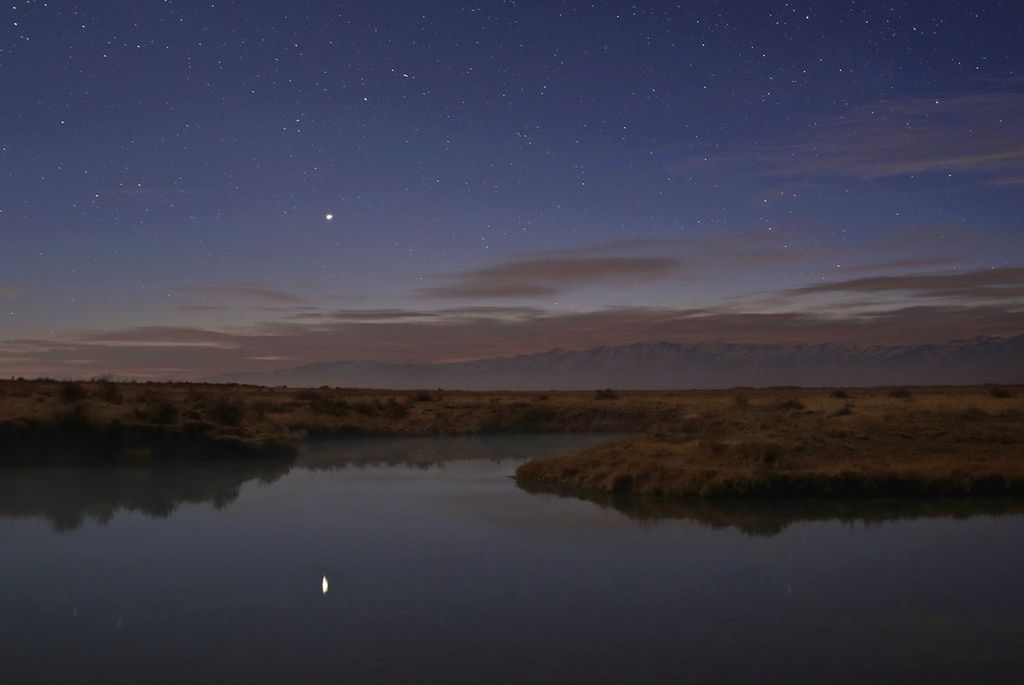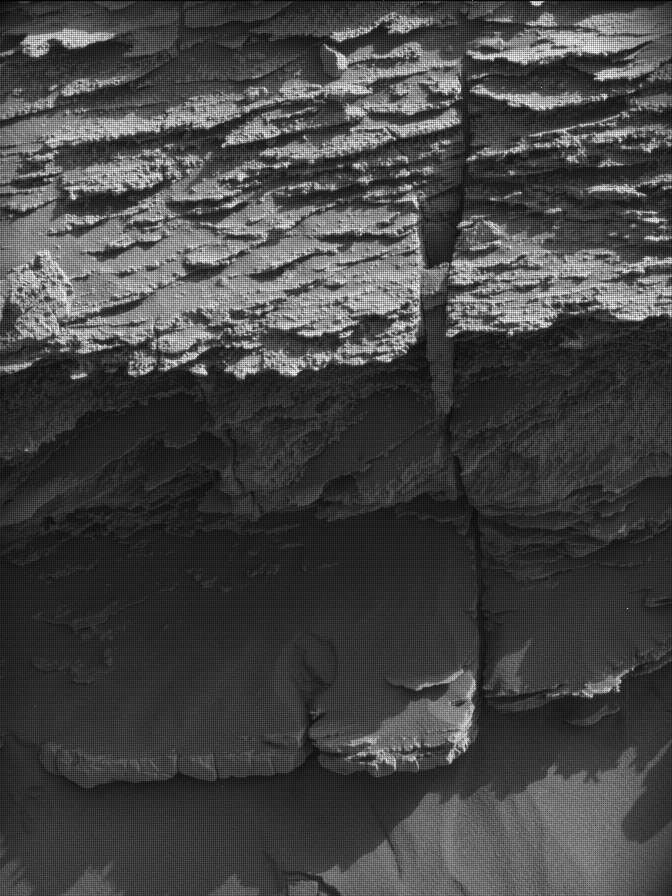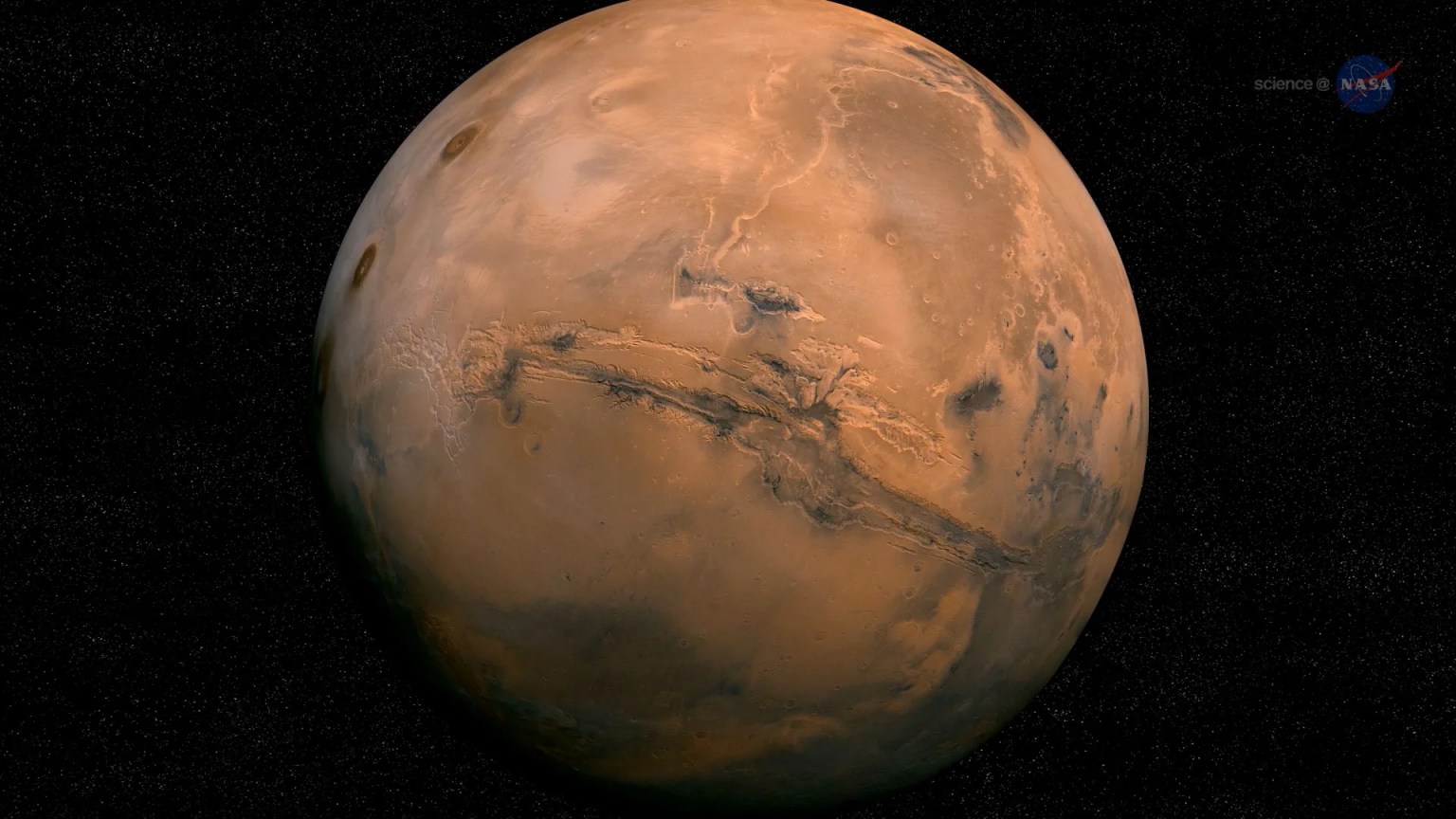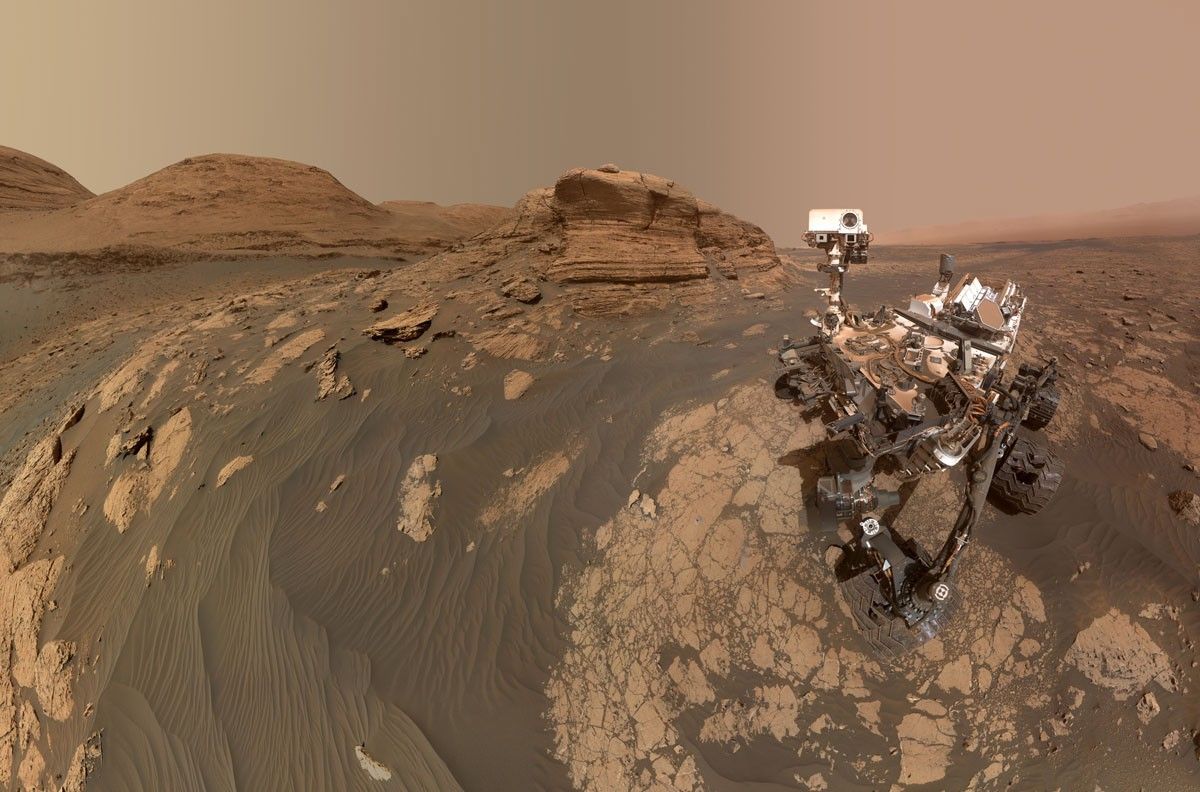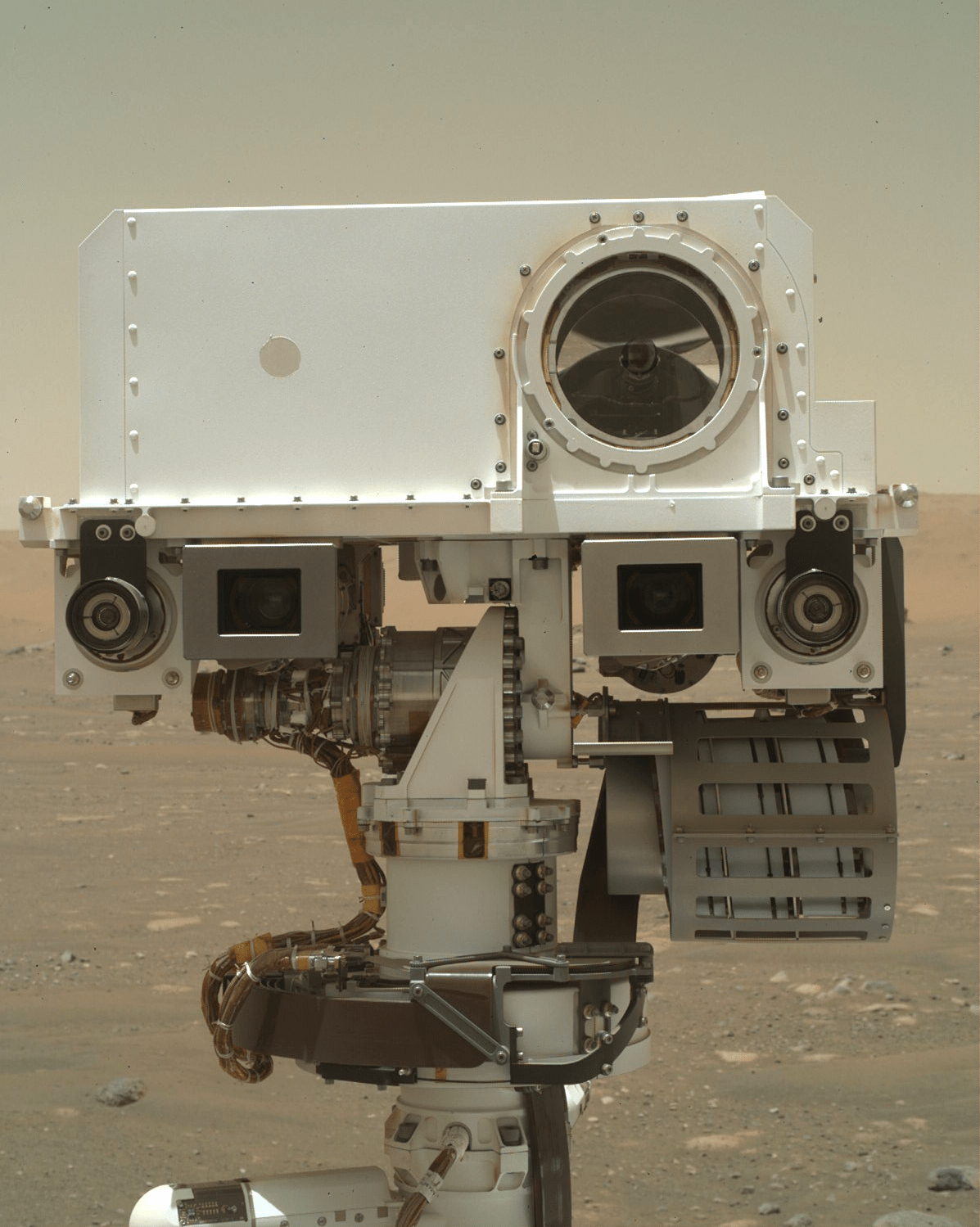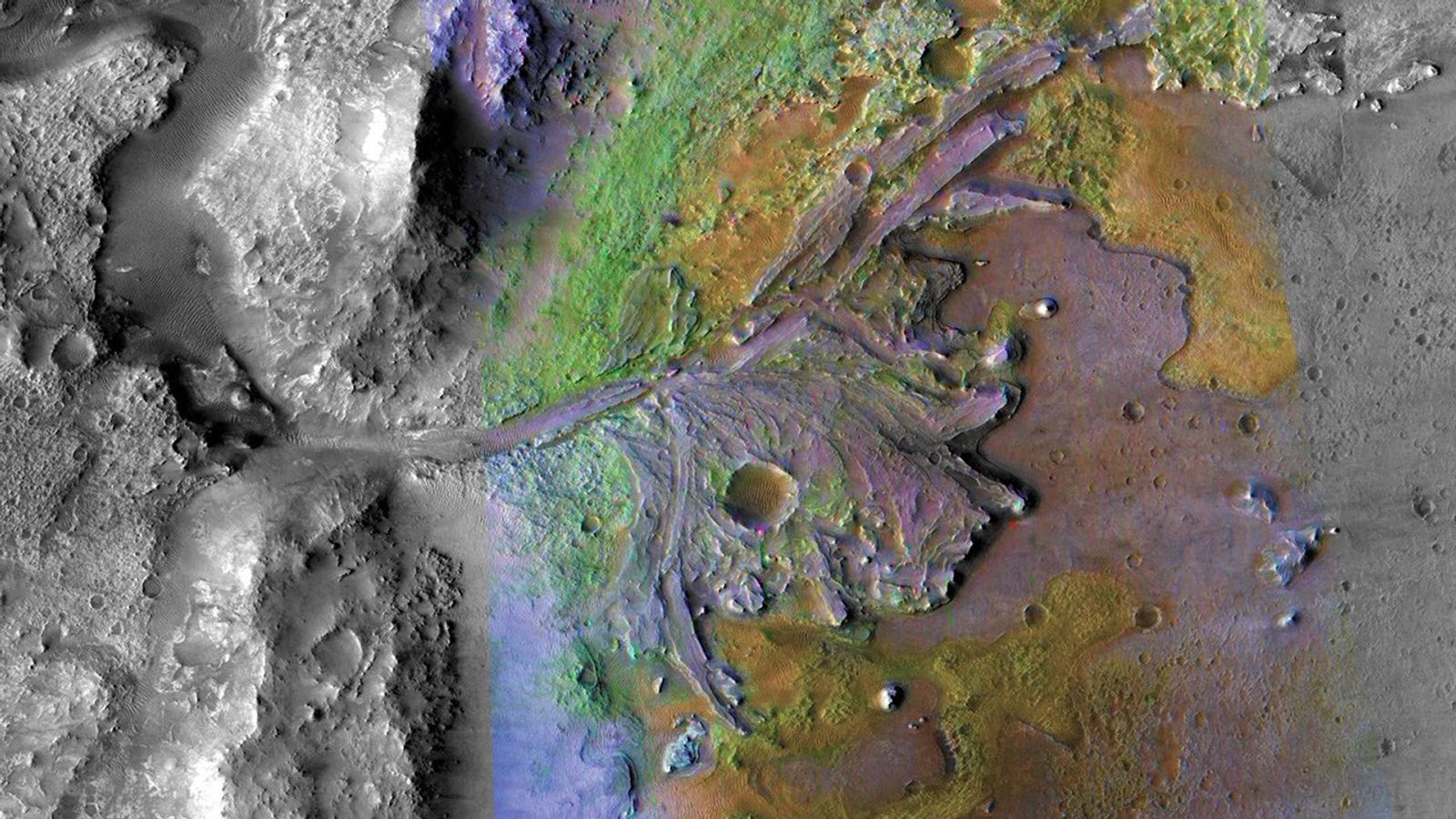Well, we’re certainly hitting the ground running after our
flight software upgrade! Today we received some very nice MAHLI images of the
target "Mojave2" that the rover brushed on sol 880. We also got the results of
our "preloading" test, where the drill is pushed against the rock to make sure
it isn’t going to shift as we drill. Mojave2 looks nice and stable, so the main
activity in the 881 plan is to do a "mini-drill" in this location. Last time we
tried mini-drilling at "Mojave", we broke the rock apart, so we’re all waiting
eagerly to see if Mojave2 is better behaved. Other than the mini drill and
various documentation images, the main activity for sol 881 is an overnight
APXS measurement of the drill hole.
I was on duty today as "Keeper of the Plan" (KOP) for the
geology theme group, which means I help the geologists on the team translate
their desired science into a set of activities scheduled at specific times.
Usually, the plan for a sol has a "science block" where the science team can
put any observations that will fit. Today was a little different: because we’re
doing the mini-drill, there isn’t any room for a science block, so it was an
easy day to be KOP. If the mini-drill goes well, there won’t be any science
blocks in the sol 882 plan either, since we will be busy doing a full drill
hole, but if the mini-drill breaks the rock again, the full drilling might be
canceled. If that happens, we need to have a plan for what else to do, so that
was what the geology group focused on today. This way, we will make the most of
sol 882 even if we can’t drill! by Ryan Anderson --Ryan is a planetary scientist at the USGS Astrogeology Science Center and a member of the ChemCam team on MSL. Dates of planned rover activities described in these reports are subject to change due to a variety of factors related to the Martian environment, communication relays and rover status.
Written by Ryan Anderson, Planetary Geologist at USGS Astrogeology Science Center

